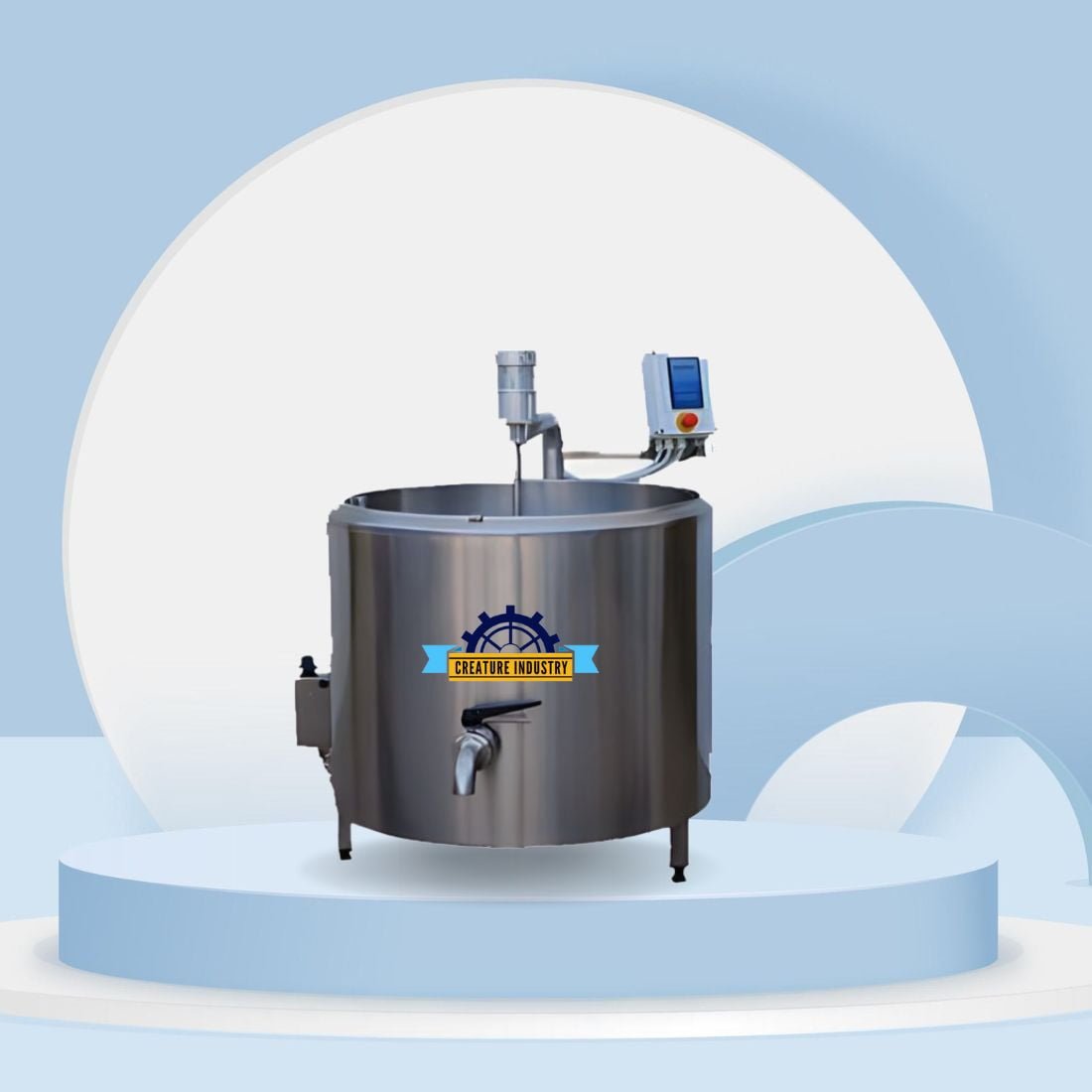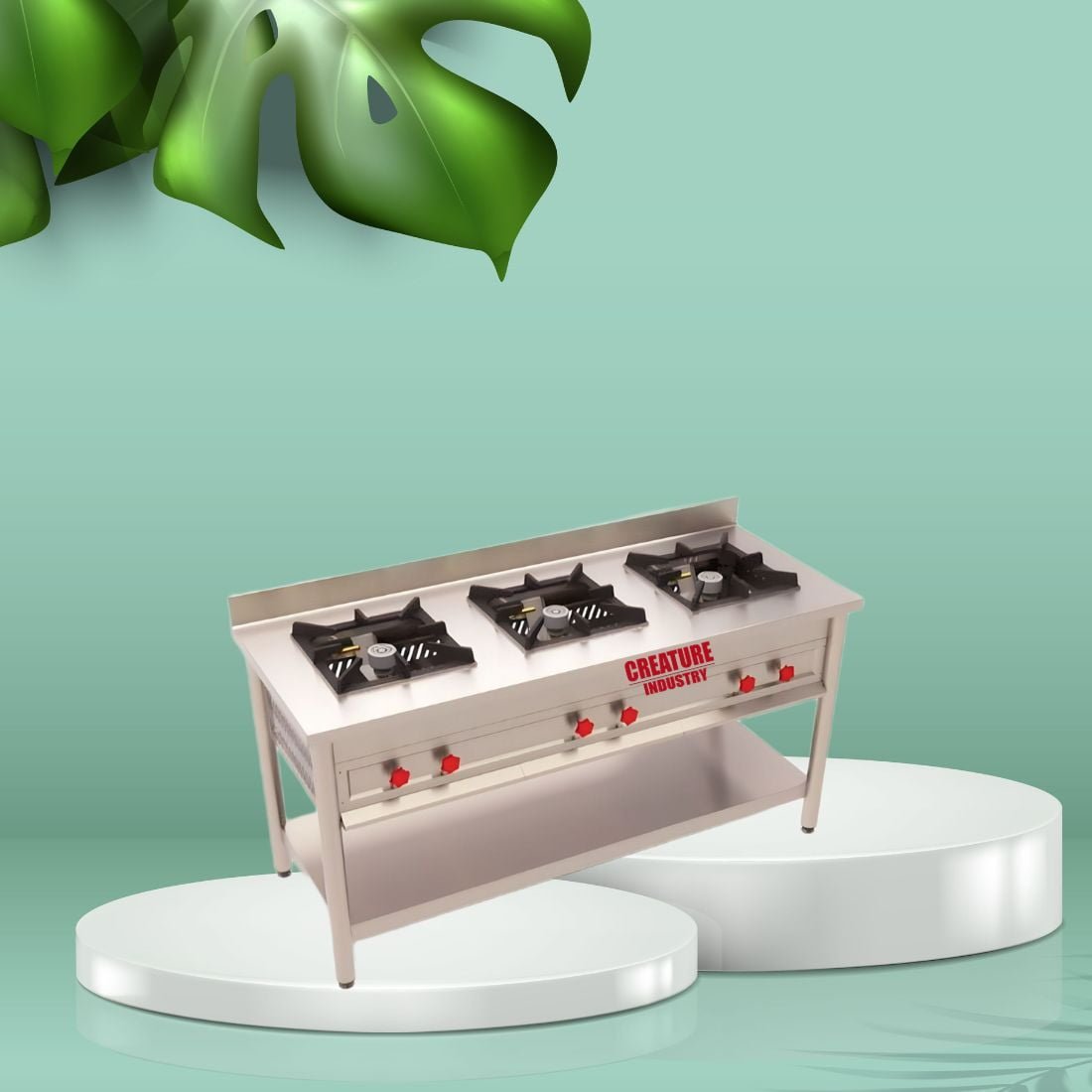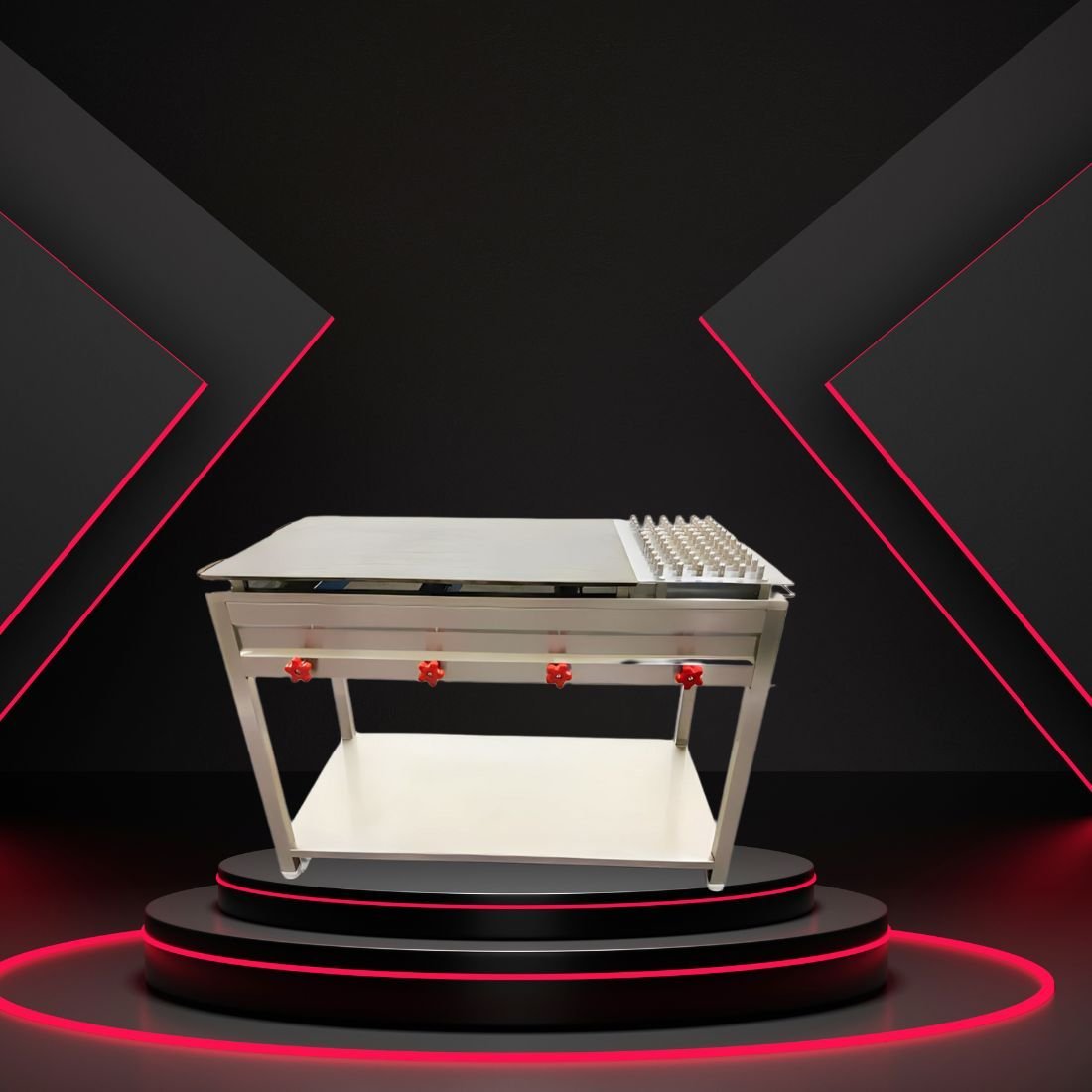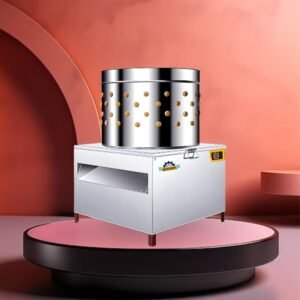Introduction to Bulk Milk Coolers
In the dairy world, big coolers for milk matter because they help keep the milk lively and pristine quality. These appliances are key to ensuring each batch is just right. These coolers make sure that fresh milk stays at just the right cool temperature as soon as it comes out of the cow. This cooling reduces bacterial growth and preserves everything that makes milk so delicious and nutritious. A well-designed bulk milk cooling system is essential for dairy farms and milk processing facilities to comply with hygiene and safety regulations.
What is a Bulk Milk Cooler?
A bulk milk cooler, also known as a milk chiller, is a refrigeration unit used to store and cool raw milk at a controlled temperature, typically around 4°C (39.2°F). What this piece of equipment does best is quickly chill fresh milk right after it comes in to keep it cool and stop bad bacteria so the milk stays good at the store for longer. We’ve got all different sizes and types so that they fit the dairy farms just right in terms of how much product they need to haul and how to work most of the time.
Specification
General Description
A Bulk Milk Cooler (BMC) is designed for rapid cooling and hygienic storage of milk at dairy farms or collection centers. It helps maintain the freshness and quality of milk by keeping it at the required temperature to prevent bacterial growth.
Capacity Options
100 Liters
200 Liters
500 Liters
1000 Liters
2000 Liters
3000 Liters
5000 Liters or as per requirement
Cooling System
Direct expansion cooling system with a hermetic/semi-hermetic compressor
Rapid cooling to maintain milk temperature at 4°C
Eco-friendly refrigerant (R134a / R404a)
Construction & Material
Inner tank: High-grade SS 304 stainless steel
Outer body: SS 304 stainless steel or mild steel with powder coating
Insulation: Polyurethane Foam (PUF) insulation for temperature retention
Agitation System
Slow-speed agitator to prevent milk fat separation
Automatic agitation with a timer-based function
Control System
Digital temperature controller for precise monitoring
Auto cut-off feature to save energy
High & low-temperature alarms for safety
Electrical Specifications
Operating Voltage: 220V / 380V / 440V, 50Hz / 60Hz
Power consumption: Varies as per capacity
Cleaning & Hygiene
CIP (Clean-In-Place) system for easy cleaning
Drain valve for complete milk removal
Smooth inner surface to prevent bacterial growth
Additional Features
Sturdy legs with adjustable height
Lockable milk inlet lid
Milk level indicator (optional)
Solar power compatibility (optional)
Types of Bulk Milk Coolers
There are several types of bulk milk coolers, each designed to meet specific dairy farming requirements:
Open-Type Bulk Milk Coolers
These cooler containers feature an open-top tank with mixing and cooling mechanisms inside. These are very common in small dairy farms where mommies pour milk straight into the tank.
Closed-Type Bulk Milk Coolers
These are more advanced and have a fully enclosed system, ensuring better hygiene and reduced contamination risk. Perfect for big dairy farms and places that collect milk too.
Direct Expansion (DX) Coolers
These coolers use direct expansion refrigeration to rapidly cool the milk. The evaporator coils are super close to the milk and it works like a charm by cooling milk very efficiently while using very little energy.
Ice Bank Milk Coolers
Ice bank coolers utilize stored ice to cool the milk. They are energy-efficient and suitable for regions with fluctuating power supplies, as they can maintain low temperatures for extended periods.
Key Features of a High-Quality Bulk Milk Cooler
Investing in a reliable bulk milk cooler ensures superior milk preservation. Below are some essential features to consider:
Stainless Steel Construction: stainless steel is high quality and lasts long while staying super clean and completely resistant to rust. We’ve got an awesome cooling system that features
advanced compressor tech: it keeps that chill perfectly consistent night and day.
Automatic Temperature Control: Digital control panels provide real-time temperature monitoring.
Agitator Mechanism: Prevents cream separation by continuously stirring the milk. Modern coolers use really smart technology that uses little energy, which helps save money too.
Clean and Hygienic Design: Smooth inner surfaces also help to keep germs off limits which makes cleaning much easier too.
Advantages of Using Bulk Milk Coolers
Mаintains Milk Freshness
Cooling milk immediately after milking prevents bacterial growth, ensuring its quality during processing and consumption.
Decrease Milk Spoilage
Bulk milk coolers “strongly financially” and “milkmen” by keeping milk at a stable low temperature.
Increases Storage Space
Dairy Farms can use larger coolers to store bulk quantities of milk before transporting it for easier logistical planning. This improves the precision of the supply chain.
Enhances Hygiene and Safety
Food safety concerns are addressed by Stainless steel construction which enhances temperature controls preventing contamination.
Increases Efficiency of Dairy Farms
Dairy farmers can now redirect their attention towards other important tasks not related to farming due to the automated cooling and agitation of milk.
Bulk Milk Cooler Machine Prices
The price of Bulk Milk Coolers (BMCs) in India varies based on capacity, material, and features. Below is an approximate price range for different capacities:
Capacity Price Range (INR)
200 liters ₹80,000 – ₹1,10,000
500 liters ₹1,35,000 – ₹1,99,999
1,000 liters ₹2,10,000 – ₹2,99,999
2,000 liters ₹2,90,000 – ₹4,50,000
3,000 liters ₹3,60,000 – ₹5,00,000
5,000 liters ₹5,00,000 – ₹5,10,000
Choosing the Right Bulk Milk Cooler for Your Dairy Farm
The following considerations are fundamental when selecting a bulk milk cooler:
Requirements for Capacity
Estimate the daily production output of milk and try to get a bulk cooler that satisfies your requirements. Most bulk milk cooler ranges fall between 300 to 10,000 liters.
Amount of Time Needed to Cool
From a maintenance standpoint, a bulk milk cooler should cool milk from 35ºC to 4ºC in the fastest time possible.
Cost Efficiency
In selecting a bulk milk cooler, models with high-grade insulation, advanced compressors, and low energy utilization are the best options
Cleaning Procedures
CIP systems that allow for no manual labor cleaning, also known as Clean-In-Place systems, should be included in a bulk milk cooler.
Industry regulations
As with all forms of dairy equipment, the cooler should conform to ISO, CE, and FDA stipulations to ensure precision and security are upheld.
Installation and Maintenance of Bulk Milk Coolers
Installation Guidelines
Position the cooler at a flat, steady surface that has sufficient air circulation. Make sure the electrical connections have the proper voltage. Install away from the milking parlor to limit transporting the milk. Pipes that are not to radiate heat should be used to keep the temperature set.
Maintenance Tips
Everyday Cleaning: We recommend removing all milk traces and cleaning thoroughly to mitigate bacterial growth. Do not alter temperature control values to anchor more consistent cooling. Make sure the milk keeps its blended state so agitators have to function correctly. Avoid failures of refrigeration components by servicing them often.
Conclusion
For a dairy farm and a milk processing facility, a bulk milk cooler is an invaluable asset. These coolers are designed for rapid cooling, hygiene maintenance, and effective storage which subsequently improves the quality of the milk, minimizes wastage, and enhances operational productivity. Depending on the model’s capacity, cooling power, and energy consumption, productivity and profits can be altered greatly.





Reviews
There are no reviews yet.